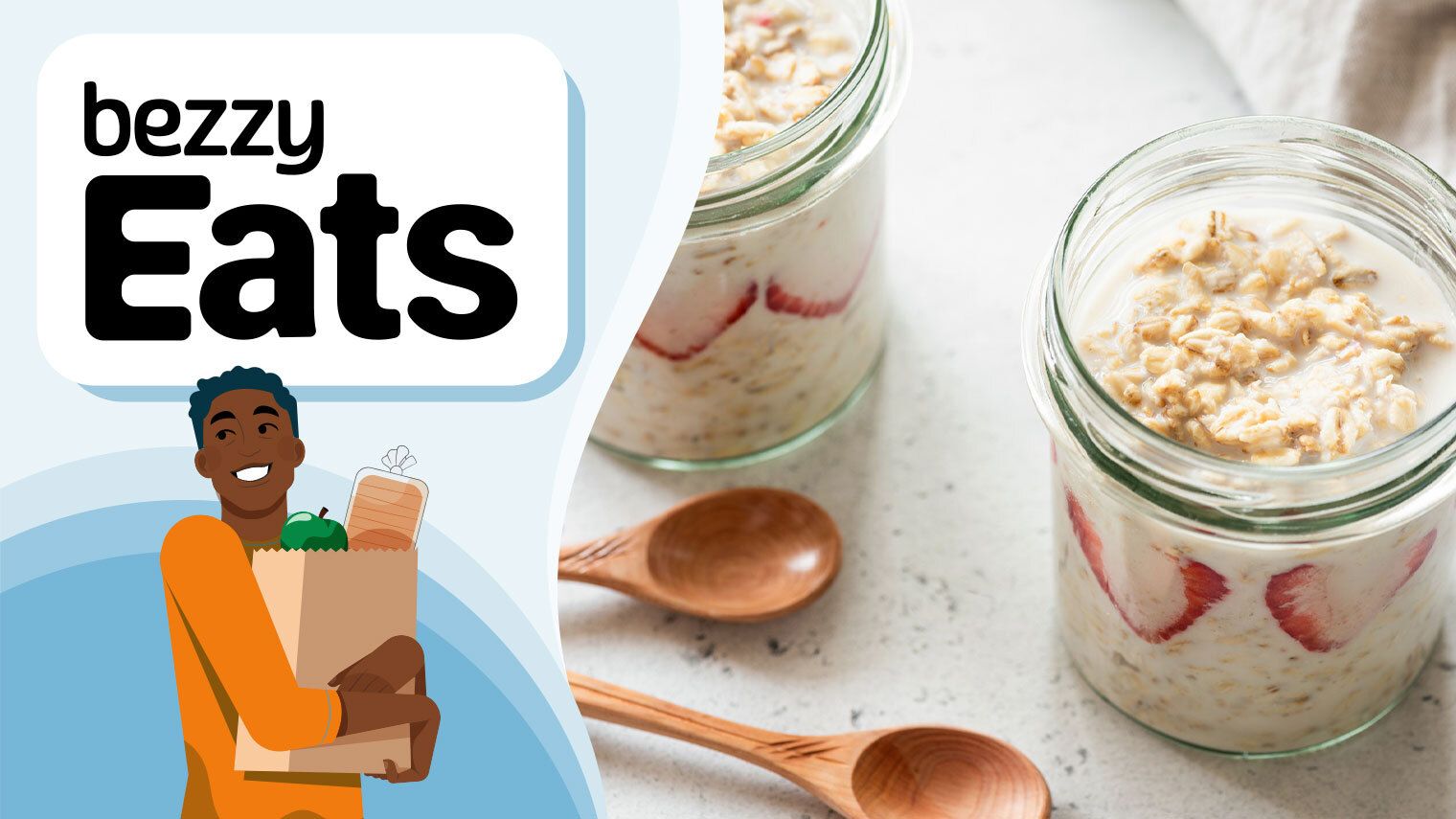What Is Resistant Starch, and How Does It Affect Blood Sugar?
December 01, 2023
Content created for the Bezzy community and sponsored by our partners. Learn More

The diabetes-friendly nutrient may help manage your glucose levels. Here’s how to get more of it in your diet.
If you’re living with diabetes, “starch” may seem like a bad word when it comes to your diet. After all, starches are found in blood-sugar-spiking foods like corn, potatoes, pasta, bread, and rice.
However, there’s a specific type of starch called resistant starch that’s been found to be more blood sugar-friendly. Here’s what you need to know about it, plus clever ways for sneaking it into your meals.


What is resistant starch?
Resistant starch is a type of carbohydrate that resists digestion. It passes through the small intestine without being absorbed. When it reaches the large intestine, resistant starch is fermented. This means that resistant starch is a prebiotic (aka nourishment) for the good bacteria in your gut, which can improve your digestive and all-around health.
How does resistant starch affect your blood sugar?
The fact that resistant starch isn’t readily absorbed during digestion is good news, especially if you’re living with diabetes.
According to a 2023 meta-analysis, resistant starch may help improve blood sugar control and lower post-meal glucose levels in people living with diabetes.
Resistant starch also plays a role in helping people maintain a healthy weight because this starch may affect appetite control and help with weight management, according to a 2022 research review.
Weight loss can be an important tool for reducing insulin resistance and improving blood sugar management if you’re overweight and living with diabetes or prediabetes.
How do you include resistant starch in your diet?
There are several ways to add resistant starch into your diet — and some only require tweaking your regular eats. One thing to keep in mind is that bodies react to foods differently.
You may find that some of these tips make a difference in your blood sugar while others don’t help. Treat it like an experiment and test it with curiosity. Here are five resistant starch strategies to try:
Cool your rice and potatoes
There’s something to be said for adding rice and potatoes to your meal prep. After these foods are cooked and cooled, their starches form resistant starch. Research indicates that rice and potatoes have a lesser effect on your blood sugar than when they’re eaten freshly cooked. (Learn how to properly cool foods to avoid bacteria growth.)
Extra good news: It’s OK to reheat rice and potatoes if you’d like — the resistant starch remains. You can also toss some spuds into a healthy potato salad and eat them chilled.
Eat your oats the next morning
Like other starches, oatmeal that’s been premade and cooled in the fridge builds resistant starch. Overnight oats fit the bill nicely, and you can top it with other ingredients that help keep your blood sugar in check, like nuts and seeds.
Grab beans
Beans are packed with plant protein and are rich in fiber. Black beans, pinto beans, and chickpeas are also stellar sources of resistant starch, according to research in NFS Journal. Why? Just like rice and potatoes, the act of cooling down beans after cooking increases resistant starch. Plus, beans are budget-friendly and easy to prepare.
Eat greener bananas
There’s a reason why green bananas taste bitter, while yellow and brown-spotted ones taste sweet and banana-y. The starches in bananas change into sugars as they ripen. Green bananas are less ripe and contain more resistant starch, according to research.
Of course, whether or not you eat them depends on your taste preferences. If you don’t like the taste of the unripe fruit, you can also try green banana flour, which is created from dried green bananas.
Reheat your pasta
Cheers to leftovers tonight. If you’ve been avoiding pasta out of concern for your blood sugar, know that reheating your pasta could be the ticket to enjoying a bowl tonight.
A 2020 study found that while people may have had an initial rise in blood sugar after eating pasta, those levels fell back to normal faster when eating reheated compared to freshly cooked pasta. When you have diabetes, pasta portion control is key, so count your carbs — resistant starch or not. Enjoy!
Medically reviewed on December 01, 2023
11 Sources


Like the story? React, bookmark, or share below:
Have thoughts or suggestions about this article? Email us at article-feedback@bezzy.com.
About the author